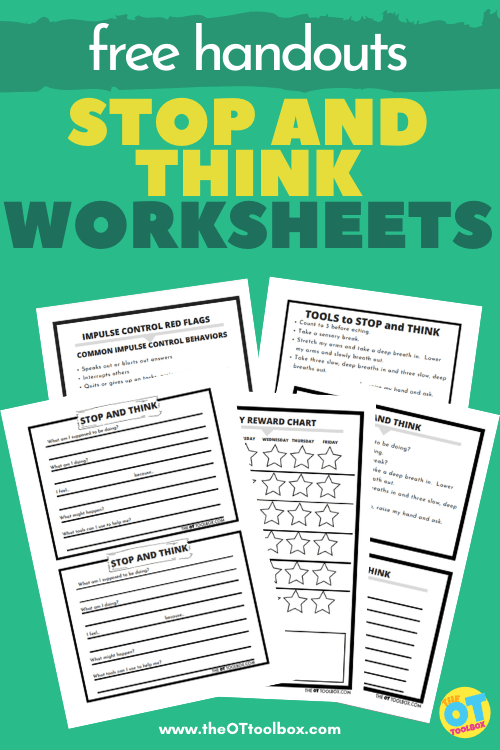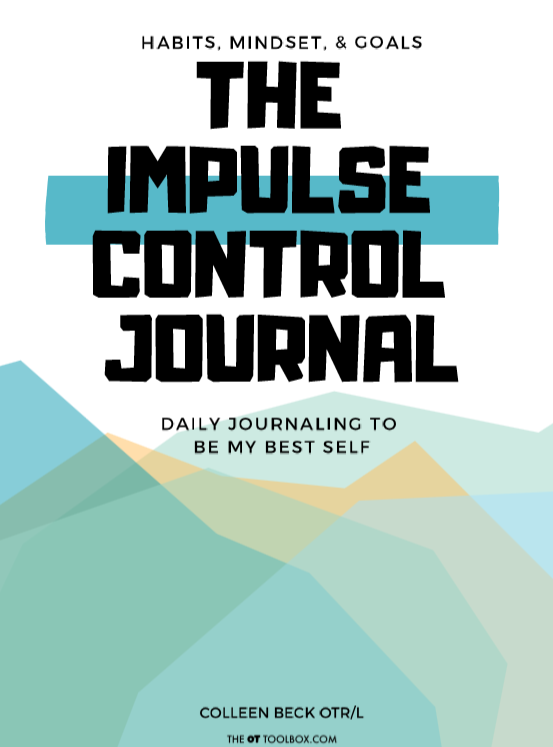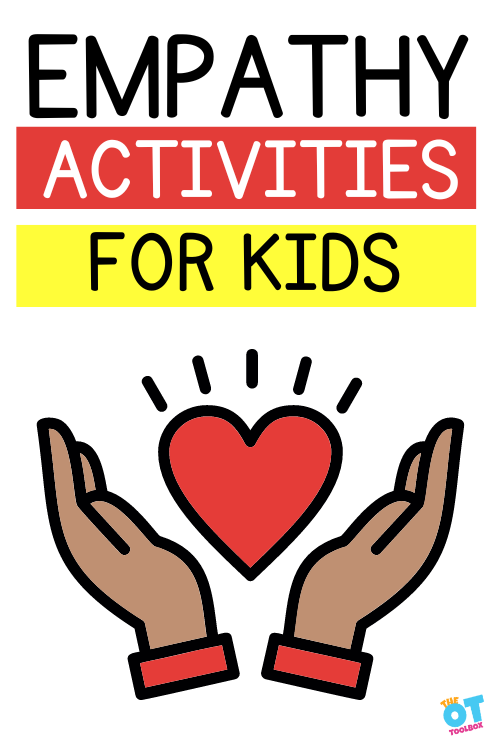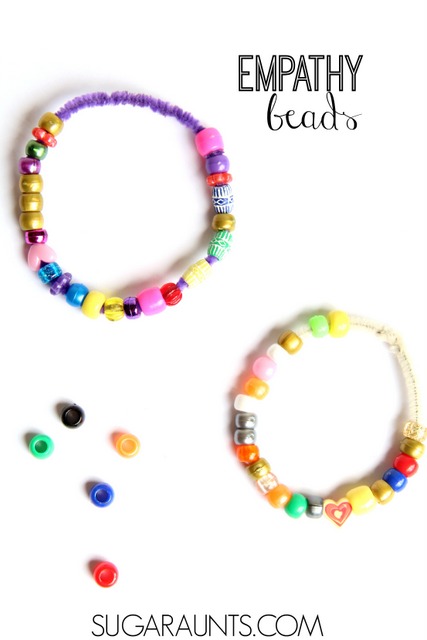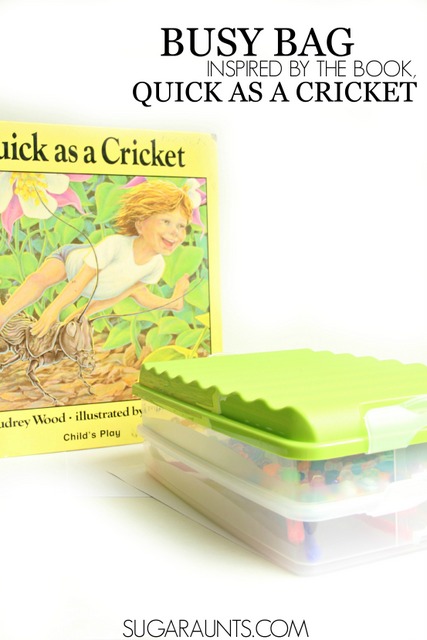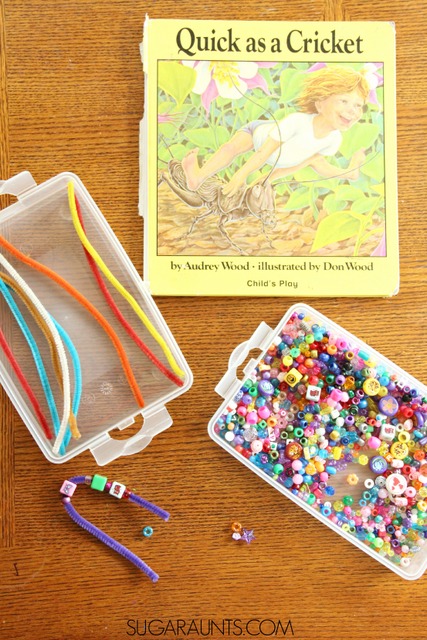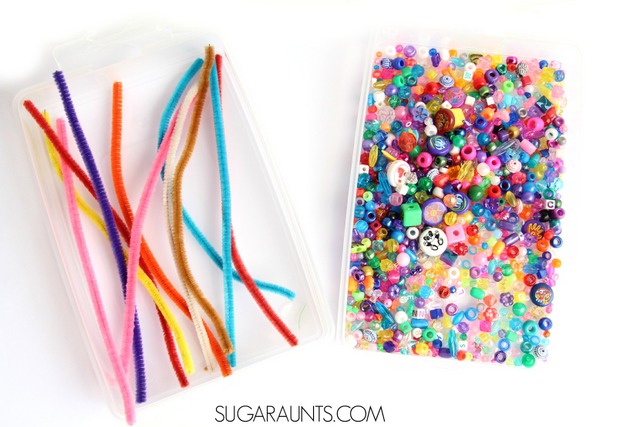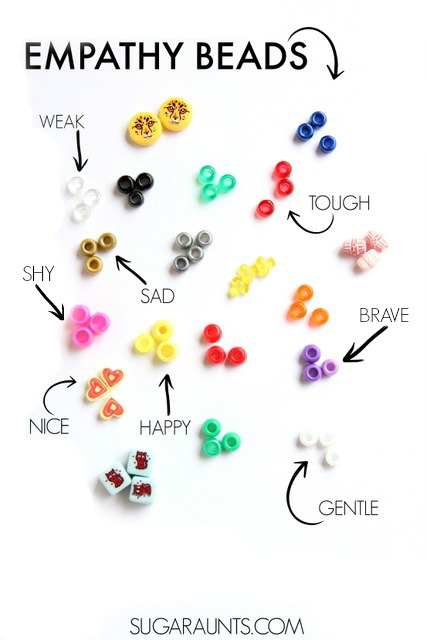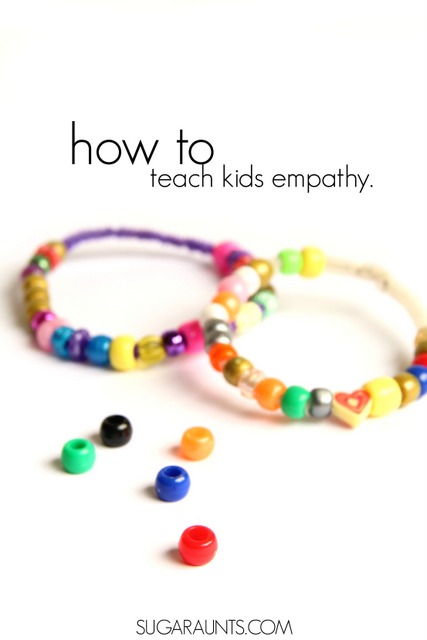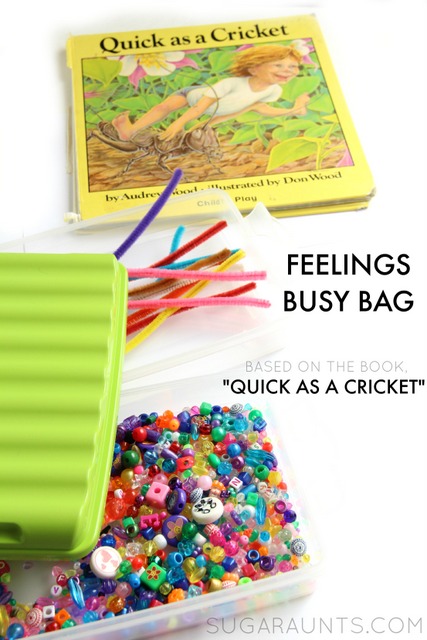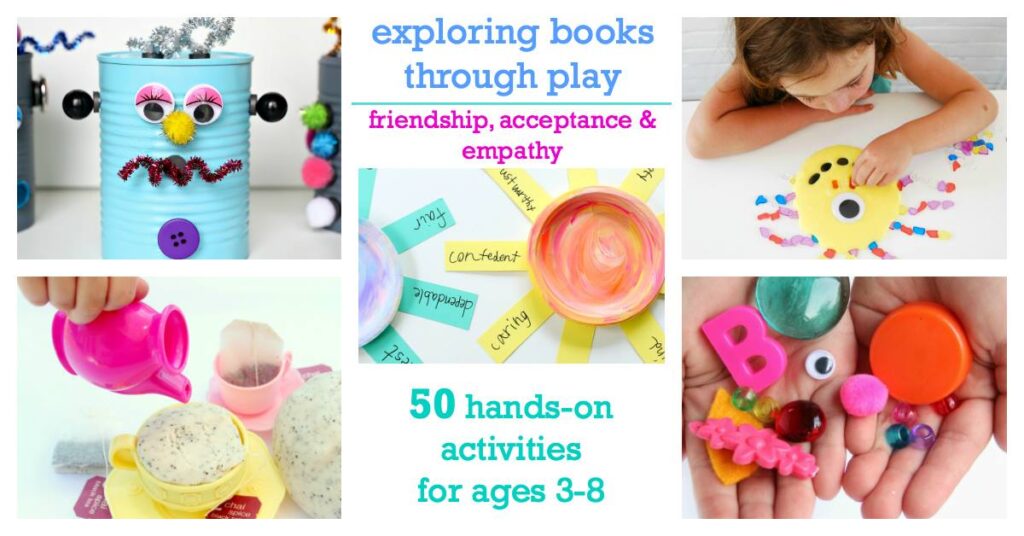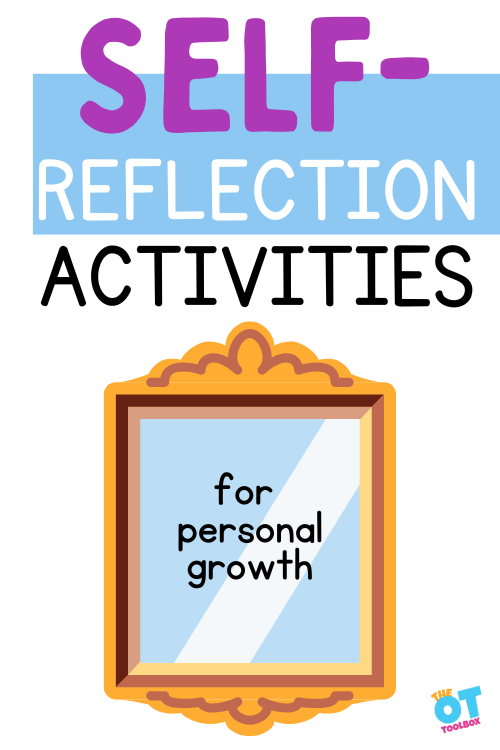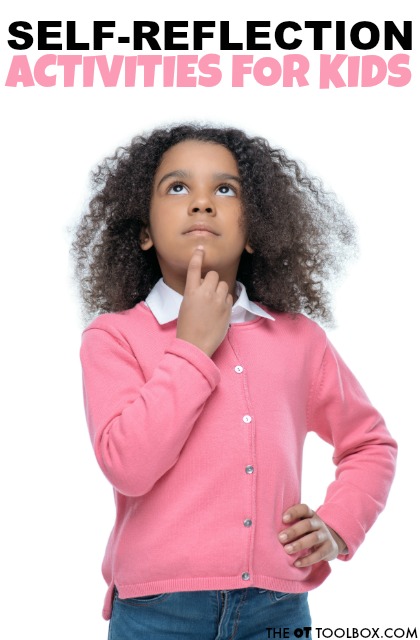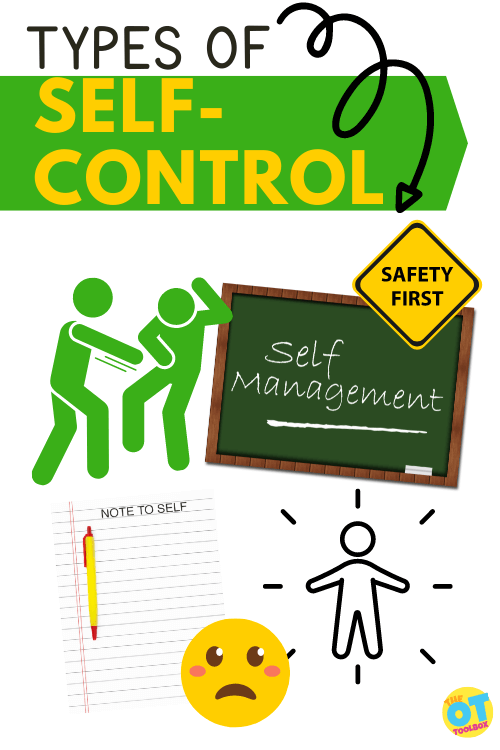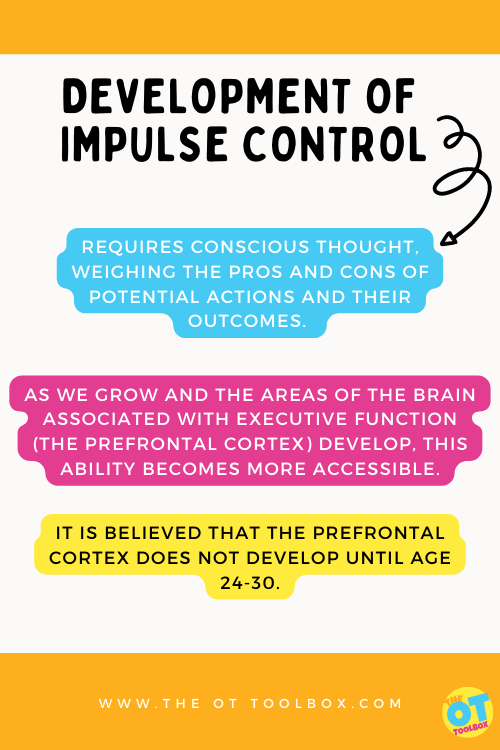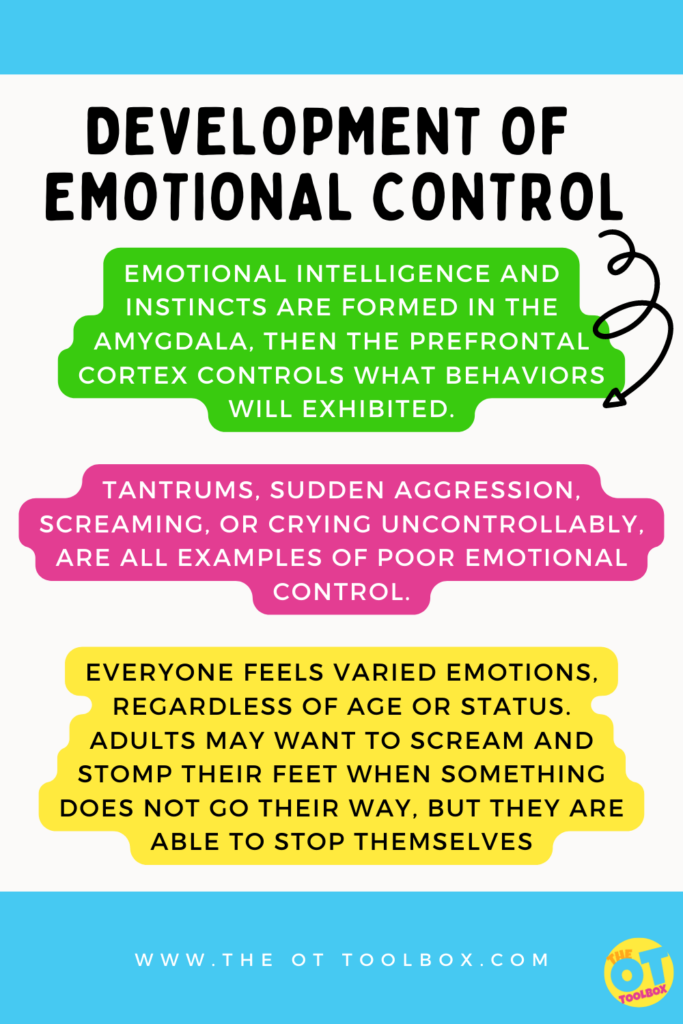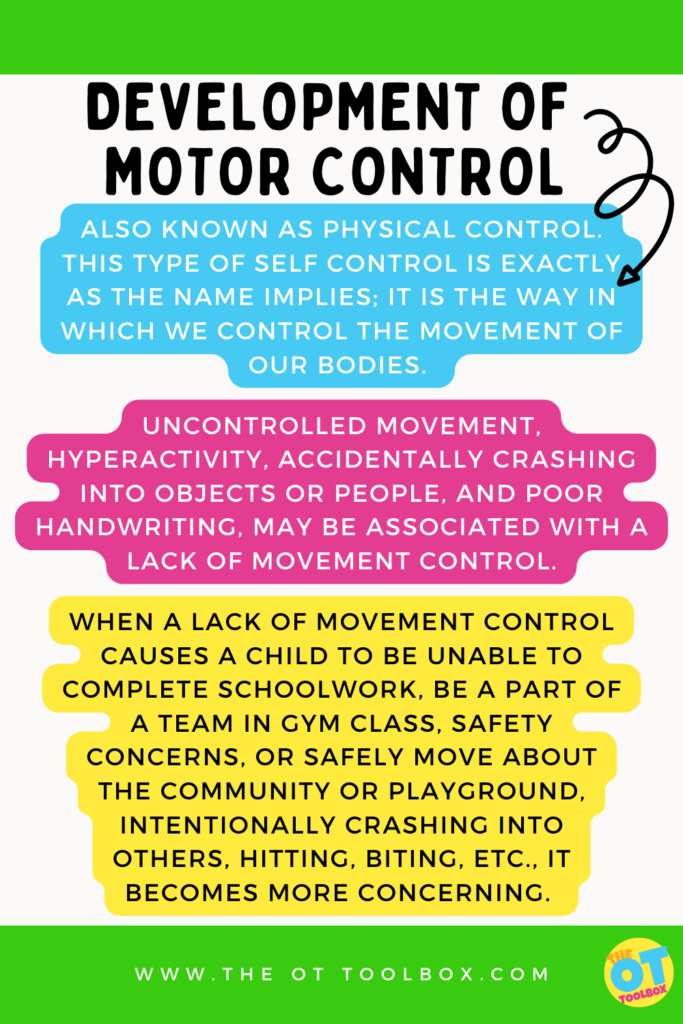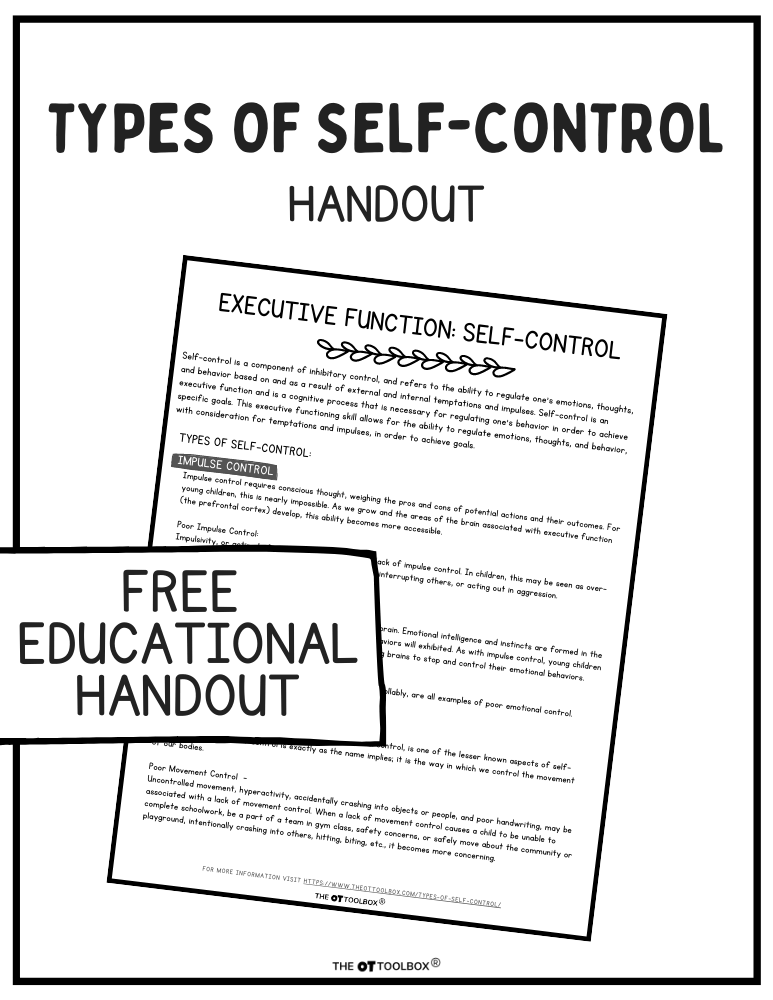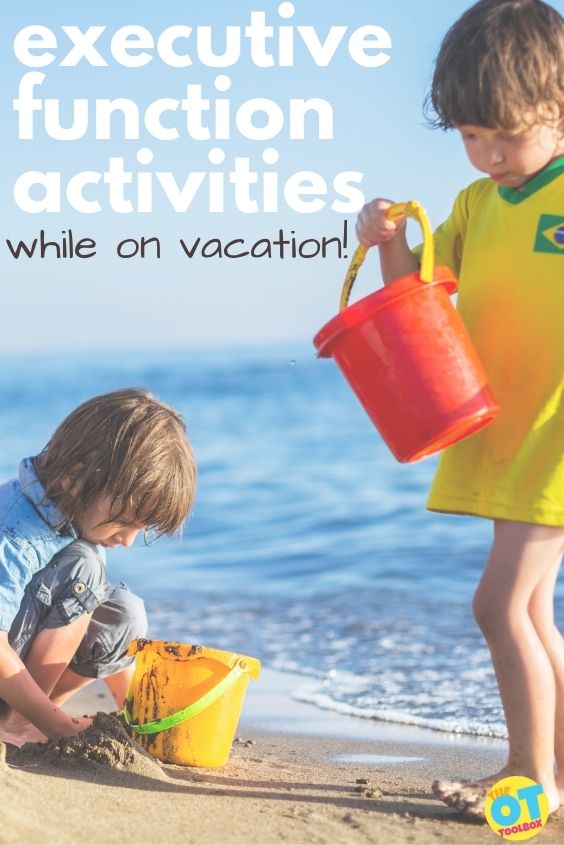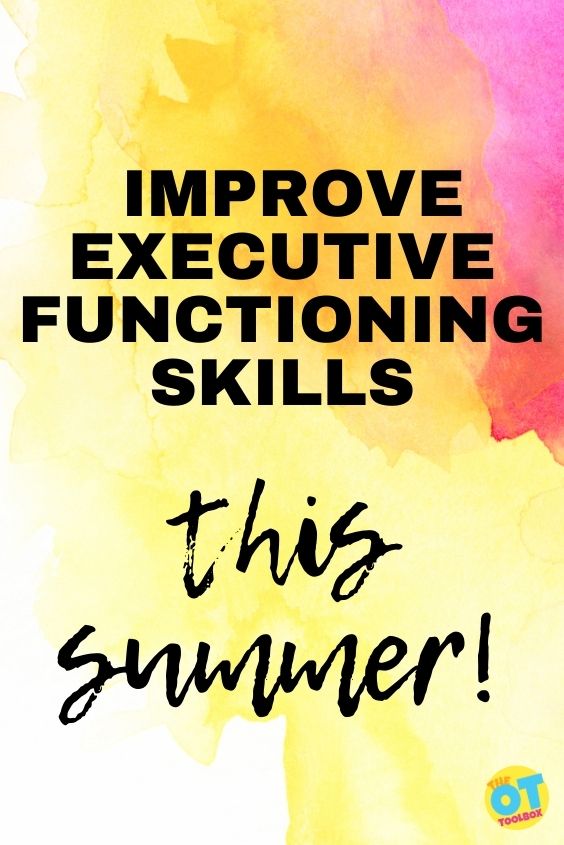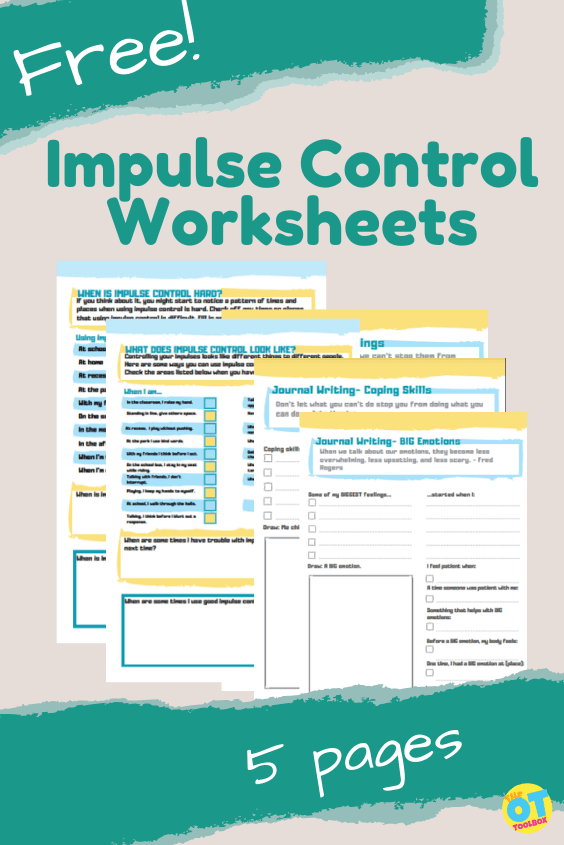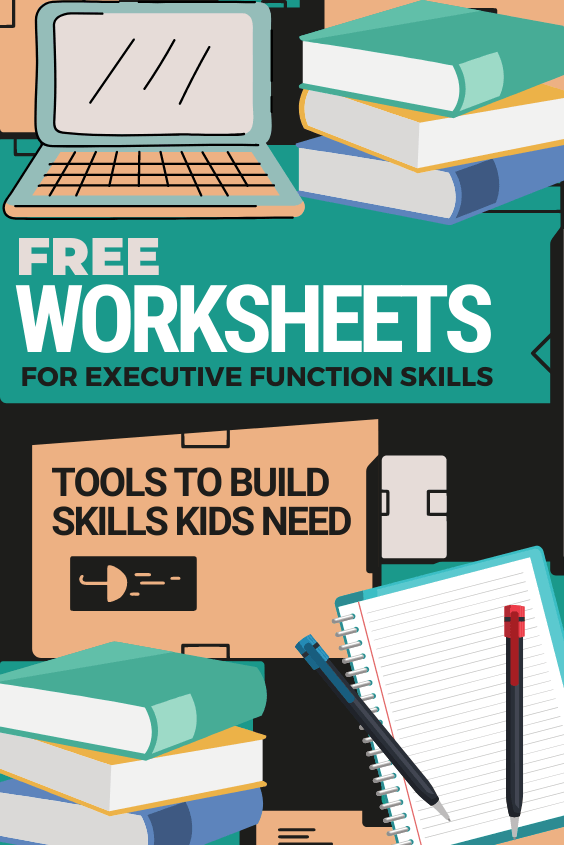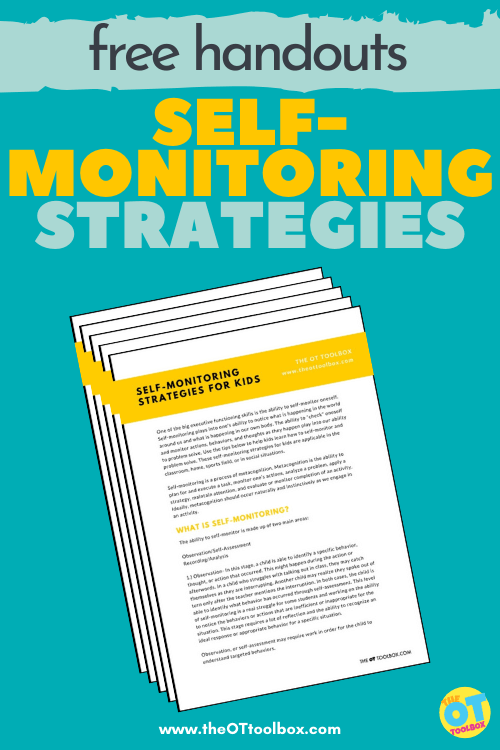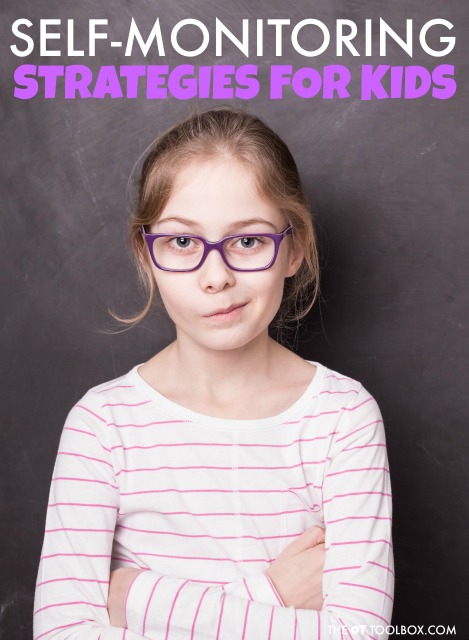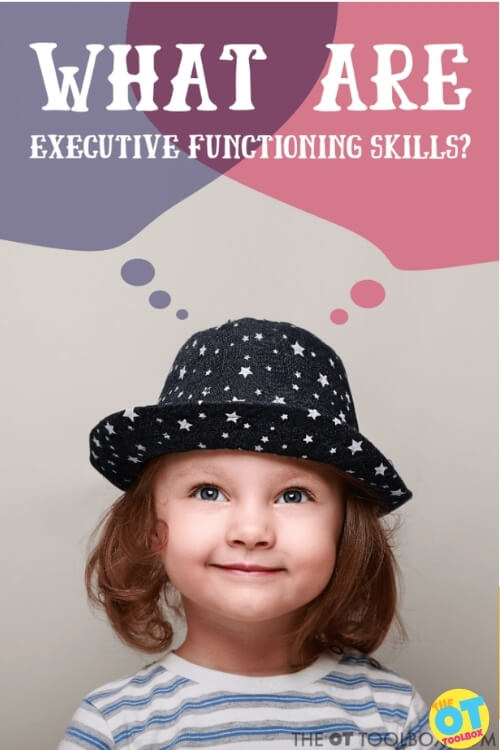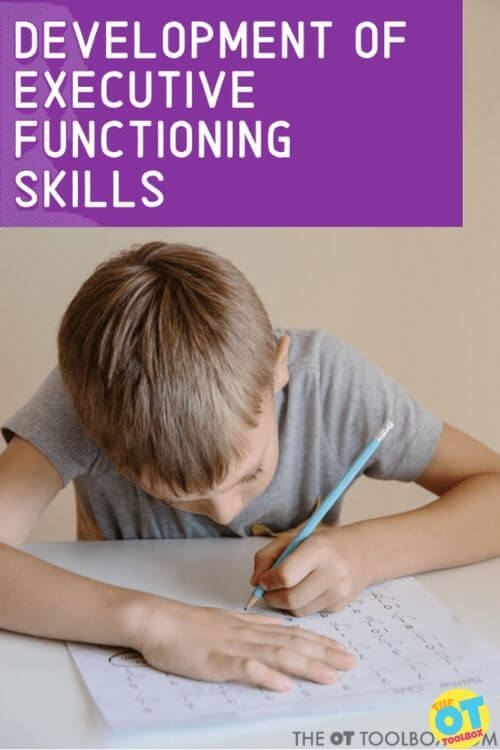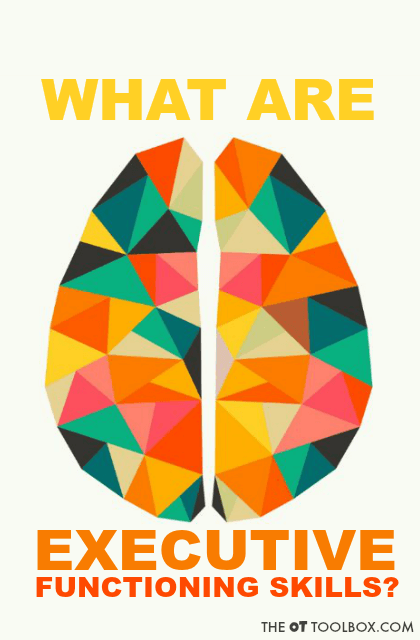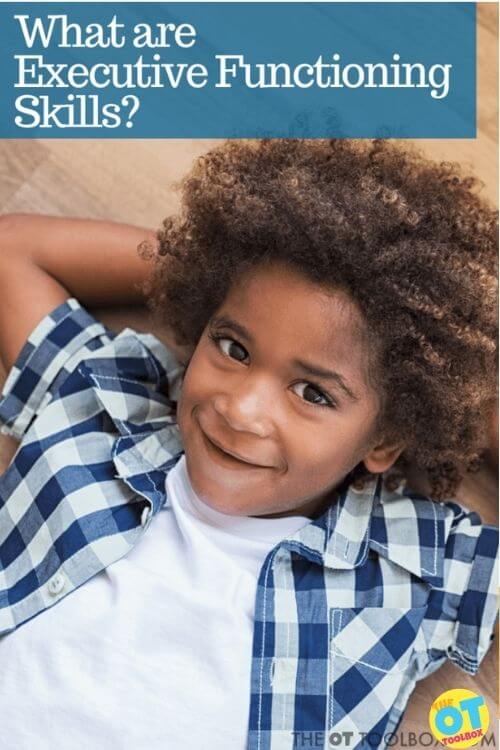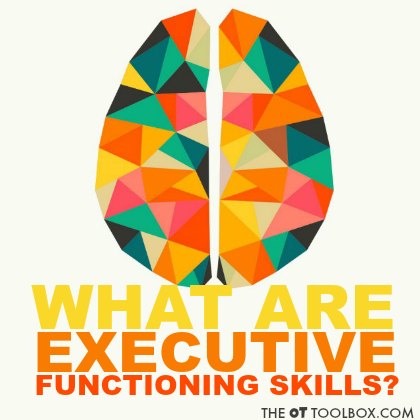Pausing for a moment to stop to think before acting is an essential executive functioning skill that stems from the development of impulse control, working memory, flexible thinking, self-control, and metacognition. The skill of pausing to think allows individuals to consider the potential consequences of their actions, make informed decisions, and exercise impulse control. This is something we all learn, but can take time and practice to master. Let’s explore this cognitive skill further.
This blog post, titled “Stop and Think” was originally published in 2017 and updated May 4, 2021 as occupational therapy practitioners use this phrase to support self-reflection for safety and working memory in daily occupations. The original post was not about the (Amazon affiliate link) Stop and Think Program®. It was updated again on June 5, 2023.
Amazon affiliate links are included in this blog post. As an Amazon Influencer, I earn from qualifying purchases.
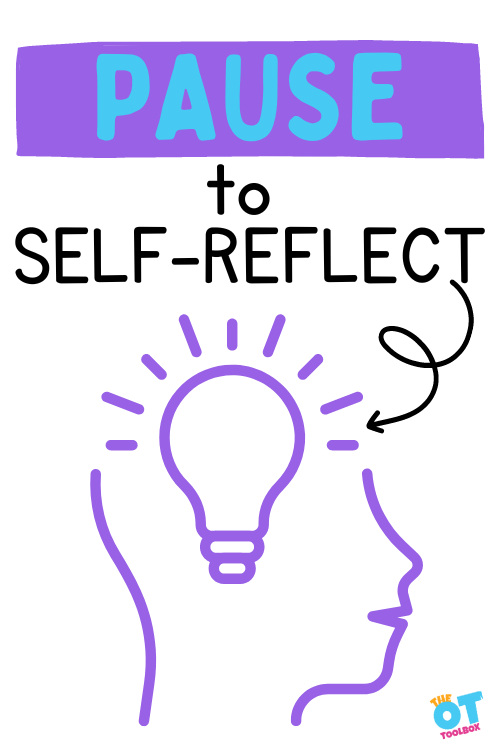
Stopping to Think before Acting
By taking a moment to pause and reflect, individuals can evaluate the situation, think about alternative courses of action, and choose the most appropriate response.
This practice helps develop self-regulation, emotional intelligence, and the ability to manage impulsive behaviors. It also fosters the development of metacognitive skills, enabling individuals to monitor and evaluate their own thoughts and actions.
By incorporating a stopping and thinking strategy into daily activities, children and individuals of all ages can enhance their executive functioning skills and cultivate a more thoughtful and deliberate approach to their actions.
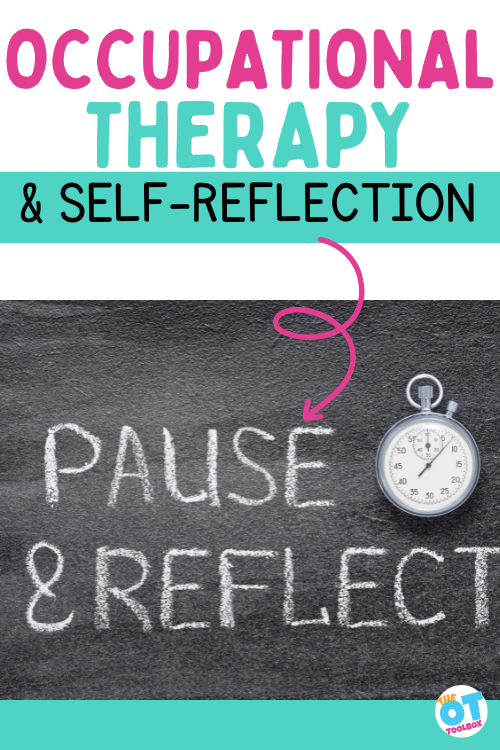
Occupational therapy: A Must to Pause to self-reflect
Occupational therapy practitioners play a vital role in supporting the development of self-regulation skills, including the ability to stopping and thinking before completing daily occupations. These therapy practitioners understand the importance of this skill at every level of development. By helping individuals cultivate this skill, occupational therapists and OTAs enable their clients to engage in daily activities effectively and safely.
Examples of this tool in occupational therapy include:
- How did I accomplish this task last time? What steps did I take?
- What did I do well last time I completed this daily task?
- What did I not do well last time when I completed this task?
- Before I step into the shower, do I have all of the items I need?
- Thinking about energy conservation, is there anything else I need to get out of the refrigerator before moving back across the kitchen?
- When I respond to a friend’s text, what do I want to get across in my message?
Stopping to think before acting allows individuals to utilize their working memory as a tool for completing everyday tasks at home, school, and in the community. Whether it’s a child learning to control impulsive behaviors, a teenager navigating social situations, or an adult managing stress in the workplace, the ability to pause and consider the consequences of actions is critical for successful functioning.
Not only that, but there are other reasons why a quick moment to pause in an activity is so important for completing tasks:
- Safety
- Energy conservation
- Time management
- Self-awareness
- Body awareness
- Stress management
- Mindfulness
- Social interactions
- Behavioral (emotional) responses
- Behavioral (physical) responses
- Use of previous successes
- Non-use of previous trials and errors
Using phrases, like “let’s take a moment to re-group”, or “let’s pause for a moment” are designed to help our clients and patients as a a valuable resource for developing social-emotional skills such as self-regulation and emotional intelligence. One way to target these skills and walk away with a handbook is using the printable executive function worksheets listed at the bottom of the page.
These worksheets are specifically created to enhance working memory, impulse control, and the ability to think before acting. They can be utilized in various activities, games, classroom learning, and everyday tasks.
In conjunction with the Zones of Regulation activities and strategies, these worksheets can effectively assist children in emotional and behavioral regulation.
Included in the worksheet packet are multiple resources to teach children the important skill of pausing and thinking before impulsively acting.
The worksheets that specifically target the ability to self-reflect includes:
- Red flags indicating a lack of impulse control
- Thought-provoking questions for children to reflect on
- Cards that encourage children to pause, think, and then act
- Tools and strategies for stopping and thinking
- Daily reward chart
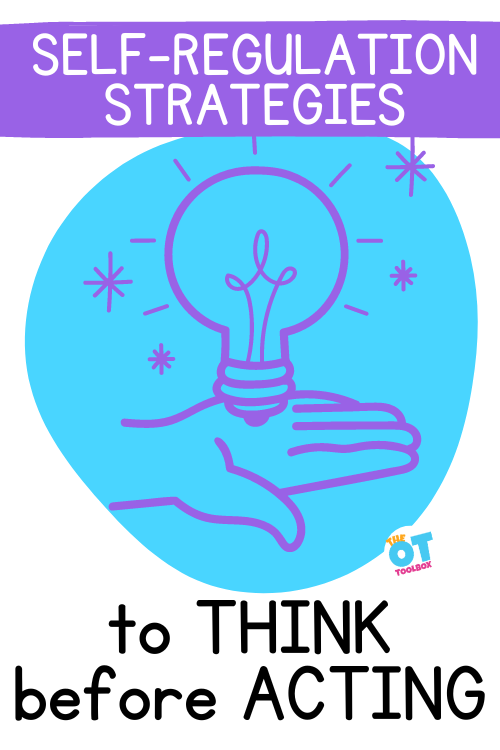
Struggle with stopping and thinking?
Occupational therapy practitioners employ various strategies and interventions to promote self-regulation, empowering individuals to make informed decisions, regulate emotions, and respond appropriately to their environment. Through collaborative efforts, occupational therapy practitioners equip individuals of all ages with the necessary skills to thrive in their daily lives.
Developing executive functioning skills takes time, as these cognitive abilities continue to develop until early adulthood.
It’s natural to encounter issues with impulsivity, foresight, and cognitive flexibility during childhood. By providing age-appropriate opportunities for children to practice stopping and thinking before acting, we can help them enhance their working memory, impulse control, and self-monitoring skills.
These skills are crucial for learning, safety, and social participation.
Recognizing the red flags showing challenges one might have when they struggle with stopping to think can indicate it’s appropriate to address these skills.
As we know, executive functioning skills do not fully develop until early adulthood. This is because the cognitive functioning center of the brain in the frontal lobe continues to develop into the twenties. You can probably think about specific incidents during your young adult years where impulse control, prioritization, planning, inhibition, and other executive functioning skills were not at their prime. You may have made some inappropriate or unwise decisions during those years.
Our children are developing these skills and won’t fully be developed until much later, so it is natural to see issues with impulsivity, foresight, cognitive flexibility and other skills that are inappropriate.
To help children develop these skills on an age-appropriate level, however allows kids to have the working memory for classroom lessons, the impulse control for safety and homework completion, and the self-monitoring skills to not interrupt. All of these skills and abilities take practice, modeling from adults, and repetition.
Pausing to Think Red Flags
When children are given opportunities to practice stopping and thinking before their actions, they have that chance to develop these skills effectively participate in occupations such as learning, self-care, social participation, and within safe environment.
Some examples of red flags include:
- Displaying impulsive physical behavior
- Being easily distracted
- Speaks out or blurts out answers
- Interrupts others
- Quits or gives up on tasks, assignments, games, etc.
- Shoves in lines
- Cuts in front of others while waiting in lines
- Jumps up from seat
- Asks questions about irrelevant topics
- Shows physical impulses
- Hyperactive behavior
- Hypo-active behavior
- Jumps to conclusions
- Reacts strongly to criticisms
- Gets sidetracked by strong emotions
- Personal boundary issues
- Jumps from one task to another
- Easily distracted
The worksheet packet provides a comprehensive list of red flags, enabling children to identify situations where they should apply the ability to stop, think to consider their options, and then act or respond to the situation at hand.
Pause to Think Worksheets
The worksheet packet below has been updated to include even more resources targeting self-regulation, impulse control, self-control, working memory, and other executive functioning skills that impact behavioral responses to everyday situations.
In the packet, you’ll find:
- Impulse Control Red Flag handout
- Pause to Think list and self-reflection activity
- Self-reflection cards
- Tools and resource list to try when one needs to stop for a moment before acting or speaking
- Problem and solution mind map
- Think before you speak sheet
- Social and emotional challenges and functional results
- Social-emotional observation tool
- Daily reward chart
- Emotional regulation and executive functioning skill handouts (6)
This packet of free, printable working memory/self-control activities just got better than ever!
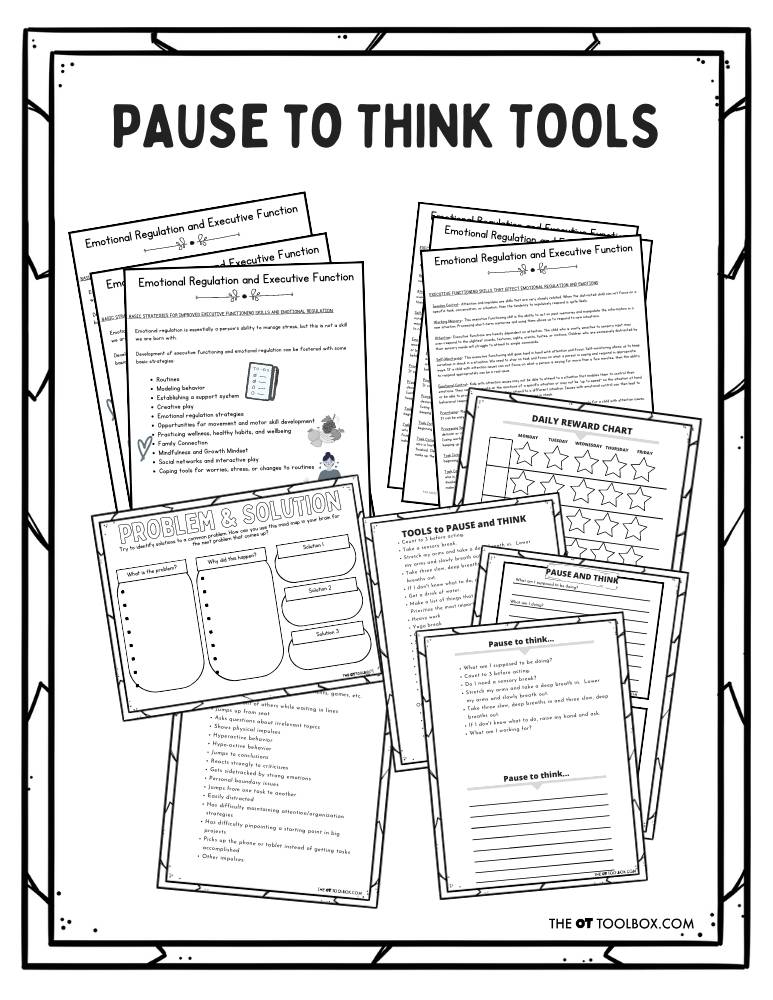
Self-Reflection Questions
Additionally, the packet includes questions one can ask themselves as they consider their response to a situation. There are self-reflection questions one can ask themselves as a self-regulation tool. Self-reflection is another aspect of development that takes practice to master.
These questions serve as prompts for children to pause and reflect within specific situations, activities, games, or events. They can jot down their answers in the provided writing area and even cut out the questions as visual reminders for future situations.
These questions can also be helpful for adults in addressing mindfulness, emotional regulation, and executive functioning.
There is space to answer the questions in a blank writing area, and you can cut out the questions as a visual model for future situations. Sometimes having that visual prompt listing out the questions is a good prompt for children, teens, and young adults. These stopping to think questions can even be useful for adults to address mindfulness, mindset, emotional regulation, and executive functioning.
One way to expand the activity is using the pausing to think through actions along with our growth mindset sorting activity. Encourage users to stop to think about their response to a potential situation before responding. This particular process supports an understanding of growth mindset mistakes and turning a potential negative situation into a successful one.
This letter to future self is a great activity to look at where one is and where one would like to be as a future version of themselves. Pair that future version with a goal ladder to break down the steps to achieve that version.
The thinking-then acting cards, which can be cut out, allow students to write down their current situation while considering their emotions, behaviors, and the surrounding environment.
The questions on the cards include:
- What am I supposed to be doing?
- What am I doing?
- How do I feel and why?
- I feel___because____.
- What might happen?
- What tools can I use to help myself?
These cards serve as a tangible reminder for individuals to pause and think, and then respond to a given situation.
To make the most of these resources, try incorporating them into activities like executive functioning skills games, engaging activities that target executive functioning, and more.
- Executive Functioning Skills Games
- More executive functioning games
- Engaging executive function activities
These strategies may include:
Additionally, the worksheet packet provides a printable page featuring tools to use in the moment after pausing and thinking.
These coping tools encompass sensory input, heavy work, oral motor input, and vestibular movement. They serve to calm and regulate individuals, helping them refocus and reach a calm and alert state. There is also space to personalize the list with specific tools that work for each individual.
These tools, along with the entire worksheet packet, are invaluable in helping children and individuals of all ages stop and think before acting impulsively.
Stopping to to Think Resource
Finally, the last page of the pausing to think worksheets set is a reward chart sheet. This is a visual prompt for achieving goals as a result of stopping and thinking in the moment. This reward chart may not work for every child or every individual using these stop and think strategies, but it is a tool that is available.
Helping kids to set goals for stopping and thinking is so valuable and this reward chart page can be used in that process.
Would you like to use this printable resource in your interventions, home programing, or classroom? You can grab this resource, print it off, and use over and over again.
Simply enter your email address into the form below and the file will be delivered to your inbox. NOTE: Due to increases in email and internet security for those using work email addresses, the email that delivers this file may be blocked. If you typically use an email ending with .edu, .org, .uni, .gov, etc. consider using a personal email address instead for deliverability.
The Impulse Control Journal…a printable resource for helping kids strategize executive functioning skill development. When saying “calm down” just isn’t enough…
When a child is easily “triggered” and seems to melt down at any sign of loud noises or excitement…
When you need help or a starting point to teach kids self-regulation strategies…
When you are struggling to motivate or redirect a child without causing a meltdown…
When you’re struggling to help kids explore their emotions, develop self-regulation and coping skills, manage and reflect on their emotions, identify their emotions, and more as they grow…
Grab the Impulse Control Journal to build organizational strategies, planning, prioritization, habits, and mindset in kids.






Colleen Beck, OTR/L has been an occupational therapist since 2000, working in school-based, hand therapy, outpatient peds, EI, and SNF. Colleen created The OT Toolbox to inspire therapists, teachers, and parents with easy and fun tools to help children thrive. Read her story about going from an OT making $3/hour (after paying for kids’ childcare) to a full-time OT resource creator for millions of readers. Want to collaborate? Send an email to contact@theottoolbox.com.
